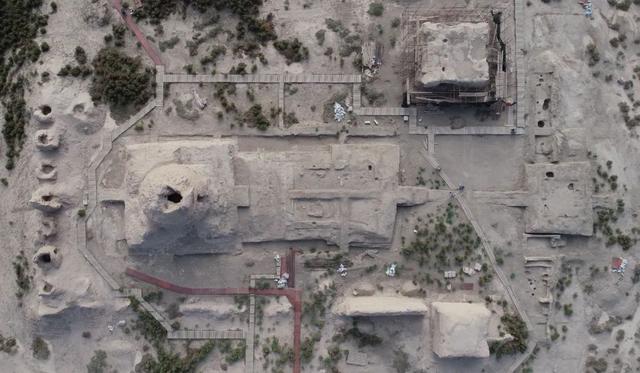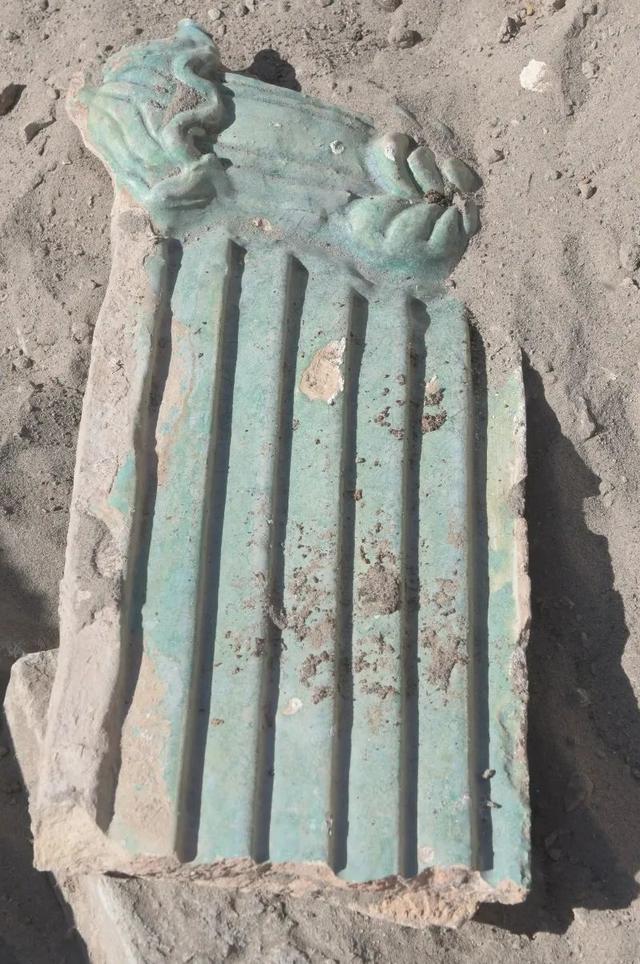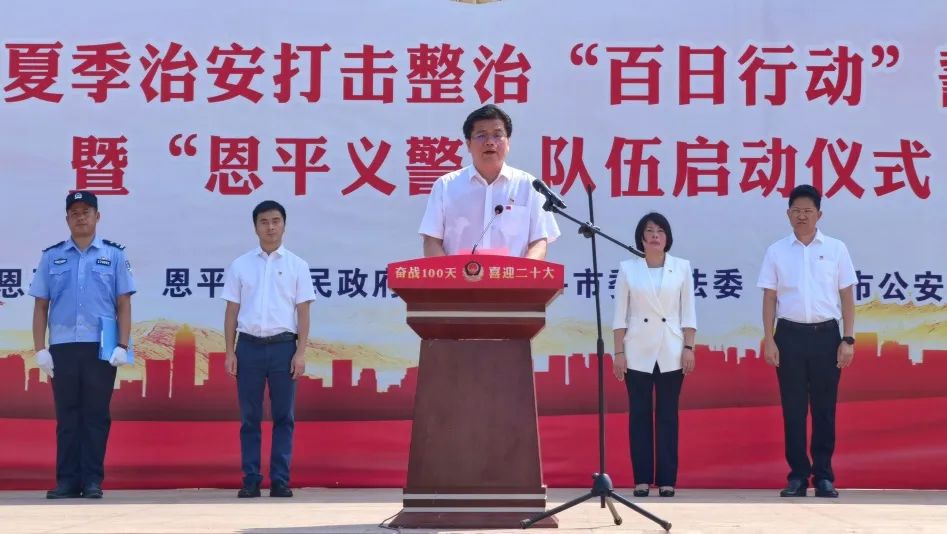Archaeological confirmation: built in Sui and Tang dynasties
Author:New Gansu Time:2022.08.02
The latest archeological evidence confirmed that the Talta Temple in the Suyang City site of the World Cultural Heritage Point was built in the Sui and Tang dynasties and flourished in the Xixia period. Cultural relics such as Liuli building components prove that this is a high -level temple on the ancient Silk Road.
Located in Kwang City, Jiuquan City, Gansu Province, the fortress of the throat of the Silk Road traffic in history is also one of the best preservation of the Sui and Tang dynasties in my country. In 2014, Suoyang City became a part of the "Silk Road: Chang'an-Tianshan Corridor Road Network" of the World Cultural Heritage. Since 2019, with the approval of the State Administration of Cultural Relics, the Dunhuang Research Institute, the Hantang Research Office of the Institute of Archeology of the Chinese Academy of Social Sciences, and the Guizhou County Cultural Relics Bureau's archeological excavation of the site was launched.

The aerial picture of the Tal Temple site has been excavated
Wang Jianjun, the head of the archeological excavation project and an associate researcher at the Dunhuang Research Institute, introduced that the relics of Suoyang City and its surroundings mainly include the site area of Suoyang City, the site of the Tal Temple, the site of the ancient channel site, and the lunyang city tomb area Part four. After 4 years of excavation work, archeologists have mastered the distribution range, architectural shape, construction time, etc. of the Tal Temple site.
Wang Jianjun said that the site of the Tal Temple is located at about 1.5 kilometers in the east of Suoyang City, with an area of about 22,000 square meters in the peripheral courtyard. In front of the tower, there was a large -scale temple site. There were one of the Gulou and the Bell Tower platform on both sides of the palace and a few monks. There are also more than 100 pieces of various types of utensils such as tadels, pottery beast horn, Buddha head, wooden bucket arch, mural residual block, statue residual block, and more than 100 pieces of utensils.

Unearthed green glaze building components
"There are many yellow and green glazed components in the unearthed cultural relics, which reflects the higher level of the temple and also confirms the important position of Suoyang City from the side." Wang Jianjun said that according to the judgment of the existing walls and unearthed cultural relics, Talar The construction of the temple should be the Sui and Tang dynasties. And the discovery of a large number of Xixia relics, such as the big tower of the West Xia -style structure, indicates that the prosperity of the temple should be the Xixia period.
It is understood that this archeological project is planned to last until 2023. Archaeologists look forward to further exploring the historical appearance and value of Suoyang City through subsequent excavations and research on unearthed cultural relics. (Reporter He Wen, Zhang Yujie)
Reading Reading
On July 30th, Gansu newly added local 31+103, specifically here → the classic dance drama "Silk Road Flower Rain" global network premiere ["epidemic" line battle position] turns out that they have a common name

- END -
Enping: Quickly set off the "Hundred Days Action" climax

On the morning of July 25th, Enping held a mobilization meeting of the Hundred Day...
[Walking in front of the new bureau] Weifang Linyu: empower the community "small cells" and stimulate the city's "large pulse"

Volkswagen · Poster Journalist Cheng Shiyang Correspondent Liu Mingming Weifang R...